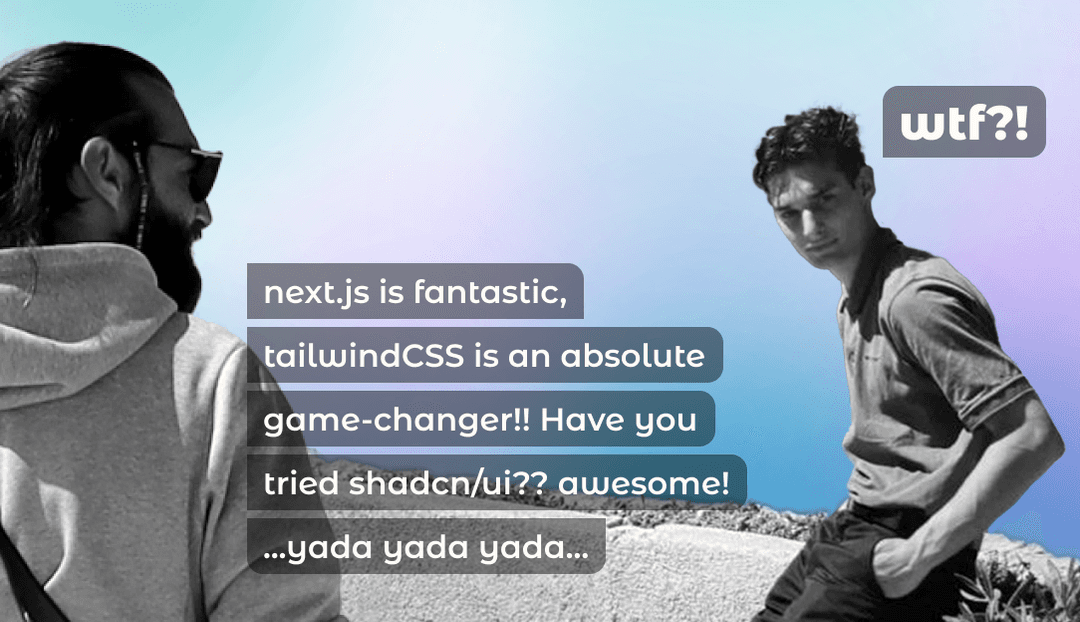Blog

Image: ©Lotsi Litzenberger 2024
How Carbon Neutral Websites Save the Climate and Money at the Same Time
Last week I figured out that the writing process of my article carbon neutral is the new paperless has set free about 1.45 kilograms of CO2.
That’s a lot of weight for typing a few words on a screen.
And as a professional developer, my digital caused carbon footprint is so much higher than that. Especially as I am currently scaling up my company working on new digital products for everyday use in business life.
How much carbon will I set free doing this in the long term? Kilos? Quintals? Tons? Gigatons?
However. I decided to keep this number as small as possible. And at the same time, I would like to tell you and other companies how to do the same.
Let’s start with websites.
To be honest, my actual website is not much more than a business card. It’s small, it’s boring, and there is no reason why you should visit it.
But — these are the perfect conditions to create a better one. A website that is fresh, informational, entertaining, fast, efficient, and most important: carbon-neutral.
While researching how to create carbon-neutral websites, I have noticed, many people claim that offsetting their digital carbon emissions would be a legit solution. But in my opinion, this is just a symptomatic treatment one should only use for the unavoidable rest. I want to dig deeper.
The aim of carbon neutrality has to be implemented in the DNA of every software out there.
In the very beginning, the pure intent of carbon neutrality has to define the bounds of the possible.
Here is how involved developers and designers can contribute to the goal in the first place.
Developers
To be carbon-neutral, a web application has to be as efficient as possible. To reduce the page bundle size, a consequent optimization and splitting of the code are required. Many established platforms are still struggling with that kind of optimization — so it should be implemented early on.
UX Designer
In terms of carbon neutrality, every UX designer will, of course, focus on the main user needs. But by setting up the shortest user flows possible and optimizing the sitemap tree, they will also decrease the depth of webpages, leading to immense savings in greenhouse gas.
UI Designer
Modern Websites are full of Images and Videos, which looks nice but entails an immense energy demand. This is why your sustainable UI designer will carefully curate any image content. And if images are used — they ideally will be optimized regarding user device sizes and proper caching. The result should always be a simple but elegant and modern web design.
When you stick to all of this combined, I am sure that there will be two nice side effects:
A climate-optimized website will rank better in search engines: The common search engines prefer websites to be valuable and fast. The faster a website is — the better it will rank organically. A climate-optimized website keeps some money in your pocket. Every website has the goal to be seen by potential clients or readers. One way to achieve this is to pay a lot of money for visibility — or to stick with the paragraph above. Green Hosting for everyone.
I have mentioned this topic in my last article shortly. But it cannot be played big enough.
We need sustainable computing power now. There is no other way.
Imagine you have set up a nice Web Application that efforts to be green — and then it got hosted on a server powered by coal. Nope. This can not be an option.
This is why innovative companies like COLOCATION.green from Nordfriesland are starting to bring together what belongs together. Renewable energy and the growing demand for it by the digital sector.
A new wind is blowing on the north coast. And we can run websites and services with it soon.
For me, this is an immense breakthrough. Not just because I have been looking for this kind of solution for so long, but because it will allow me to run a digital business which can be sustainable to its core. This means to me it has to be connected to nature’s heartbeat. Ninety percent of the data-centers energy consumption will be covered by large wind farms starting in January 2021. This sounds like a good opportunity for me.
Besides that, the company will have the lowest total cost of ownership (TCO) in Germany which will be palpable in their customer’s balances.
Once more it really seems to be possible to save money and the climate at the same time…
… while most businesses are still wasting money using super expensive, conventional cloud services. But this is another topic.
I don’t want to advertise here overly. But as you might have noticed, I really like to talk about solutions, and green hosting is one of them.
If you want to make your digital service or website carbon neutral through code optimization or green hosting, let us share some thoughts about it.
info@litzenberger.engineering
#digitalaction #codeforclimate





